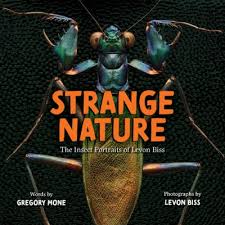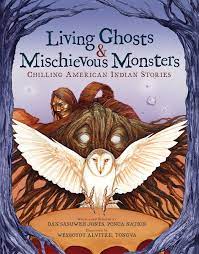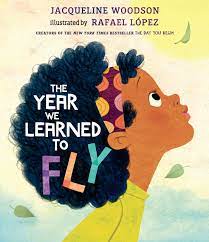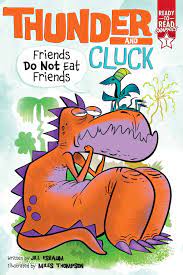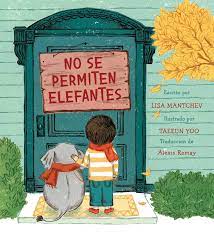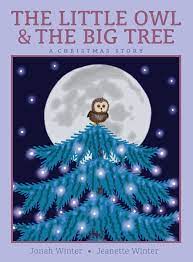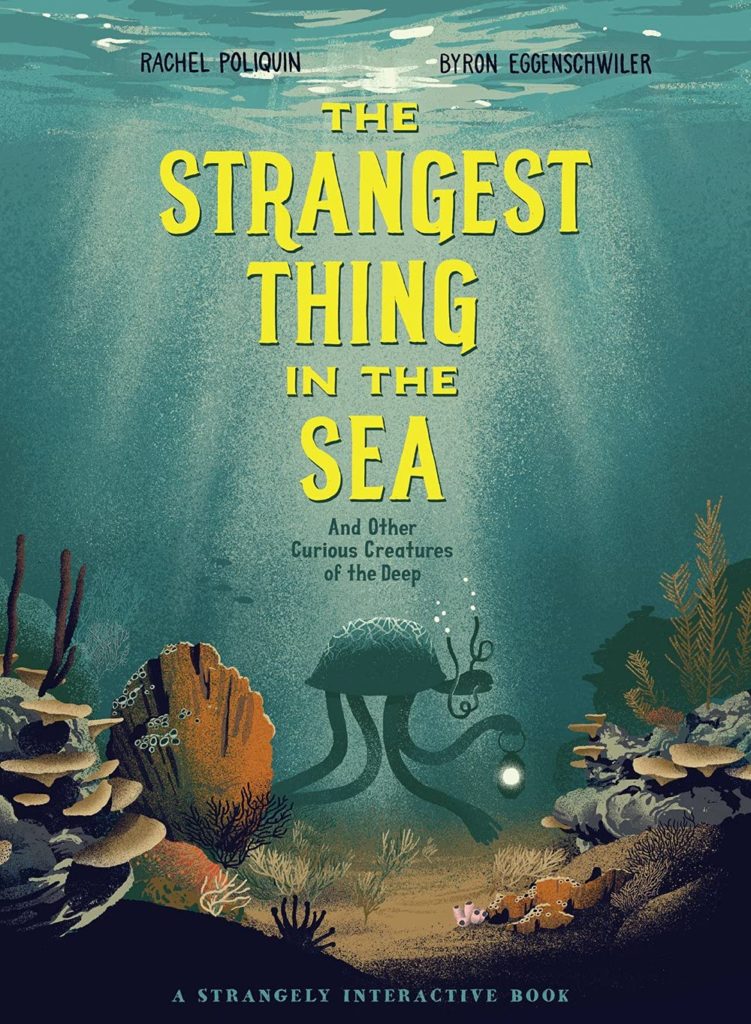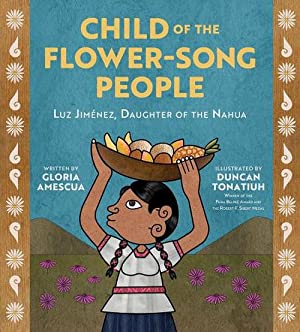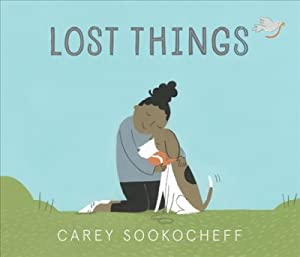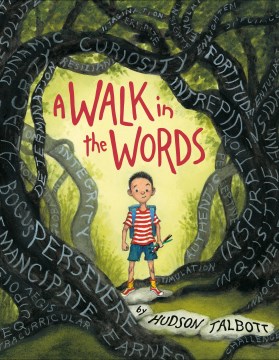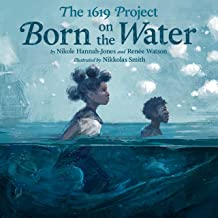I need to state right here, right now: BUY THIS BOOK!! Insect books for kids are wonderful and can often lead to further exploration. This book can turn anyone into a budding entomologist (and the book explains what that is).
Each two page spread includes a full page photo of an insect with added details and explanations. The second page for each insect includes size, habitat, facts and a sometimes humorous paragraph to bring it more inline with the intellect of a typical 10 year old. The back of the book includes a glossary and a link to the photographer’s website for more incredible insect photos and information.
Photographer Levon Biss went from a backyard foray with his son to an amazing photo exhibit of 37 insects from the Oxford University Museum of Natural History. He called this work “Microsculpture”. Each insect was photographed thousands of times using special equipment and those pictures were combined to make these amazing photographic masterpieces. These photos were originally exhibited as ten foot tall art pieces and now, are in a book that is accessible to young entomologists. This book will not be on the shelf very long – it’s that good! Highly Recommended

